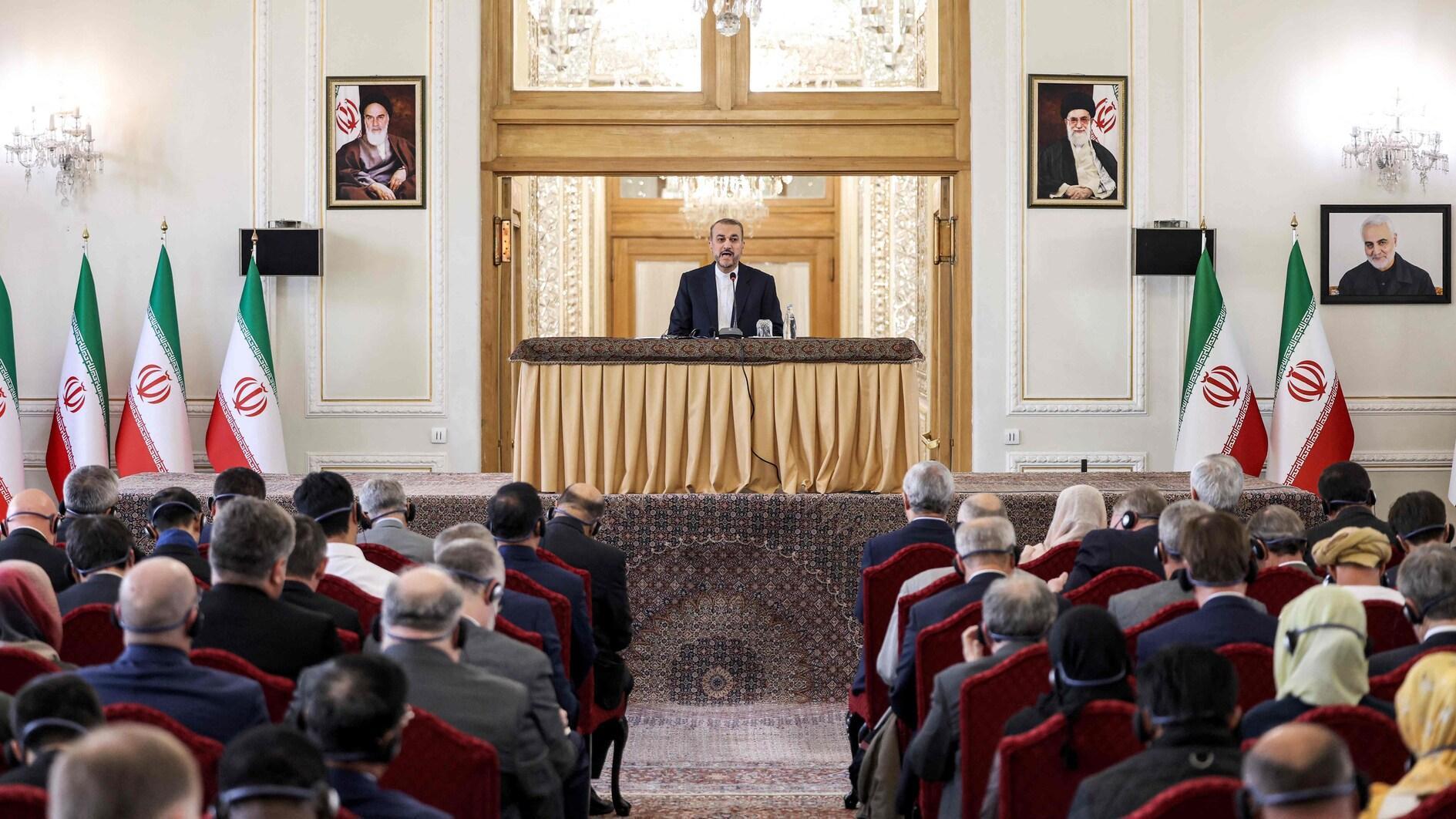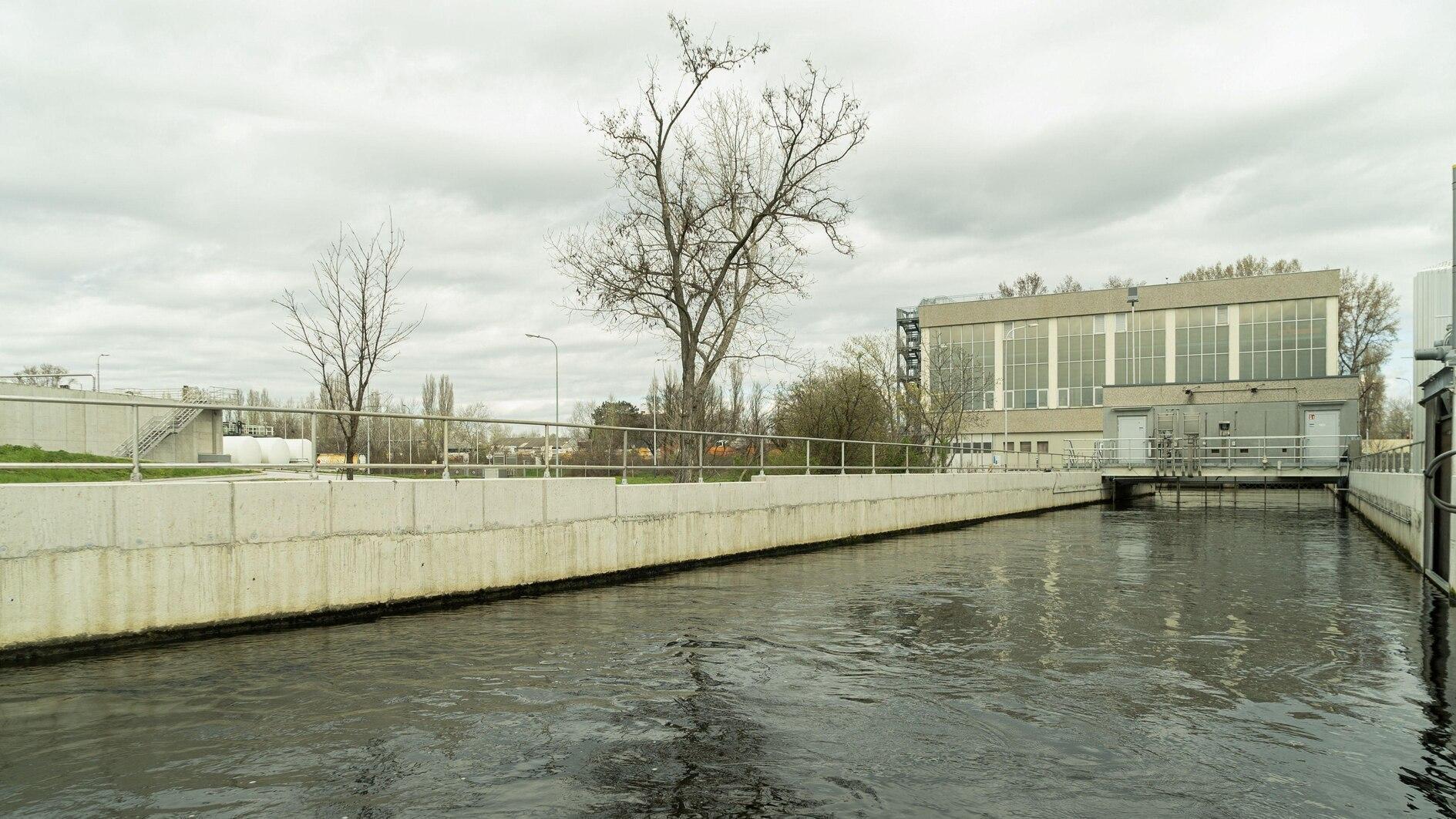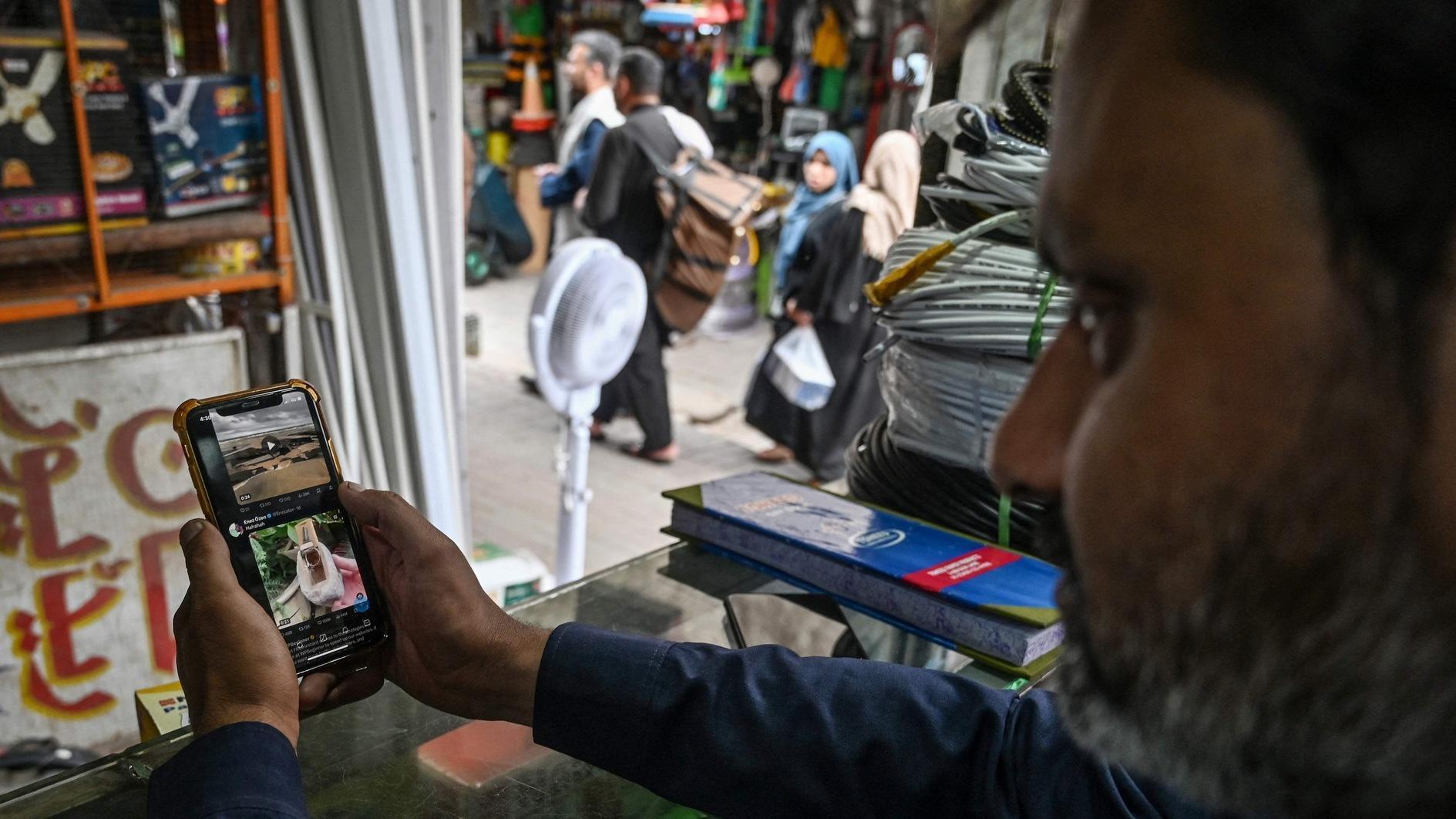Davutoğlu’s calendar of the past two months
I had an opportunity to have a long conversation with Prime Minister Ahmet Davutoğlu on Oct. 18 on his return from Amasya.
I want to write the calendar of the resolution process as the prime minister explained to me, on the Kobane resistance, and on the incidents of Oct. 6-7 in which nearly 40 citizens died. These sentences are not exactly how Davutoğlu said them, but they are my summary.
Sept. 1: The prime minister reads the government program.
Sept. 3: The government issues a “road map” for the resolution process. This map is taken to Abdullah Öcalan, who is the leader of the outlawed Kurdistan Workers’ Party (PKK), in prison on İmralı Island the same day by the Undersecretary of National Intelligence Organization (MİT) Hakan Fidan. Öcalan fully agrees to it.
Sept. 7: A Peoples’ Democratic Party (HDP) delegation visits Öcalan and confirms his full consent.
Sept. 8: A HDP delegation goes to Kandil to also pronounce Öcalan’s consent.
Sept. 10: The HDP delegation returning from Kandil meets Davutoğlu. They report Kandil has agreed to the road map. Davutoğlu said, “We would do all of these, but those incidents that disturb public order, especially in and around Diyarbakır and Batman, have to end.” Sırrı Süreyya Önder and Pervin Buldan said they have spoken to Kandil and all of these incidents would end by Oct. 15. (What Davutoğlu defines as incidents “disrupting public order” include racketeering by the PKK, threatening people, setting up of their own courts by the organization, giving penalties, and other incidents, etc. included.)
Sept. 14: The Islamic State of Iraq and the Levant (ISIL) launches attacks on Kobane; in a short time, it seizes the Kurdish villages around it. Village populations first take shelter in downtown Kobane.
Sept. 19: Those fleeing Kobane are at the Turkish border; they want to cross. It takes hours for the government to allow passage. The number of those waiting at the border became 25,000. At the end, gates are opened and refugees pour in.
Sept. 20-21: The number of those fleeing Kobane exceeds 130,000. The same day, both the HDP and Kandil issue statements “If Kobane falls, the resolution process comes to an end.” The government starts explaining Kobane and the resolution process are not associated with each other.
Sept. 22: Öcalan’s lawyer conveys that Öcalan has said, “The state is putting us off. Negotiations should start soon.” The same day, a photo of Aysel Tuğluk throwing a stone at the gendarmerie is printed in papers during the incidents at the border. Again, on the same day, Kandil said the resolution process was over.
Sept. 26: A new statement is issued by the İmralı visiting team of the HDP about the future of the process, emphasizing on new problems stemming from “Turkey’s Rojava policies and its reflections on the resolution process.” Negotiation mechanisms, including a secretariat and monitoring delegation, the road map to be shared between sides were also mentioned, as well as, “Improper interventions by the security forces on mass democratic demonstrations.”
Oct. 1: Prime Minister Davutoğlu meets HDP co-Chair Selahattin Demirtaş at the Prime Ministry for the first time. After the meeting, Demirtaş said, “What needs to be done to take ISIL outside of the region was discussed. Davutoğlu’s stance on this is positive. We have thanked Davutoğlu for opening our borders to Kobane residents. It is important that the gates were opened in a short time. We have conveyed our concerns about the parliamentary motion.” According to what Davutoğlu told us on the plane, during this meeting, Demirtaş made promises on the continuation of the process and that public order will not be disrupted.
Oct. 6: Kurds take to the streets for Kobane; Turkey is turned into a fiery scene; the incidents in which nearly 40 citizens died began.











